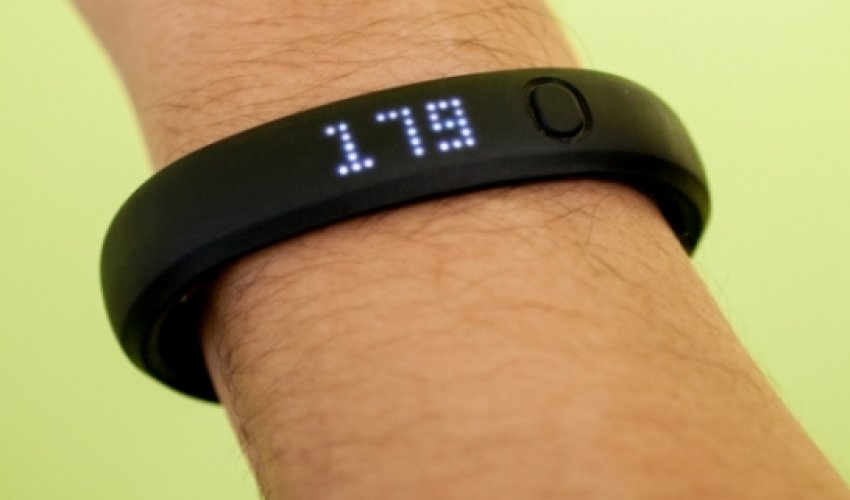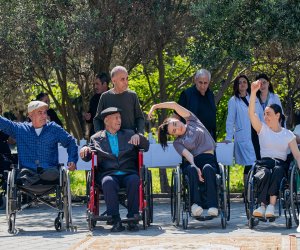Wearable computers mean more reliable data

Growing tribes of health-conscious techies are obsessively tracking everything from REM sleep to mood swings in an effort to better understand (and ultimately, improve) how they feel and function. Of course, keeping a manual (or even digital) log of daily habits or measurements is nothing new. The real buzz is in wearable devices that automate the collection of your bio-data. A growing number of gadgets, most in the $100 to $200 range, ride along in a pocket or on your wrist and track everything from your level of physical exertion to your blood pressure, heart rate, breathing patterns, sleep, and mood. Extreme “body-hackers” may even have sensors surgically implanted to measure moment-to-moment changes in blood sugar.Devices typically beam the info to your smartphone or upload data to an online account for further analysis. Sites like tictrac.com will even aggregate, crunch, and display data from multiple gadgets and accounts into a single dashboard -- the better to mine your data for insights. The idea is not just to gather the data but also to learn from it. See more from TicTrac below: The Quantifiable Self: Wearable Computers Mean More Reliable DataGrowing tribes of health-conscious techies are obsessively tracking everything from REM sleep to mood swings in an effort to better understand (and ultimately, improve) how they feel and function. Of course, keeping a manual (or even digital) log of daily habits or measurements is nothing new. The real buzz is in wearable devices that automate the collection of your bio-data. A growing number of gadgets, most in the $100 to $200 range, ride along in a pocket or on your wrist and track everything from your level of physical exertion to your blood pressure, heart rate, breathing patterns, sleep, and mood. Extreme “body-hackers” may even have sensors surgically implanted to measure moment-to-moment changes in blood sugar.Devices typically beam the info to your smartphone or upload data to an online account for further analysis. Sites like tictrac.com will even aggregate, crunch, and display data from multiple gadgets and accounts into a single dashboard -- the better to mine your data for insights. The idea is not just to gather the data but also to learn from it. See more from TicTrac below: By tracking his sleep and work patterns, for example, graduate student Dan Gartenberg, determined that he feels most rested after 7.5 hours of sleep and is most productive when he goes to bed early. He then set out to correlate his food, alcohol, social, and exercise data to see which habits were most supportive (or disruptive) of his optimal sleep schedule.This May, Gartenberg joined 275 other “self-quantifiers” in Amsterdam to show off their stats and swap tips at the Quantified Self European Conference. Although self-quantification may seem like the ultimate form of navel-gazing, it’s a surprisingly social pursuit. There’s even a tool called Sparktweet that will translate any numeric data into a tweetable graphic. (Check out the #sparktweet hashtag on Twitter for a fascinating and often bizarre peek into the lives of self-quantifiers.)As a method of figuring out which habits and behaviors can maximize your health (and happiness), self-quantification is the inverse of the traditional experimental model, which investigates a limited number of variables across a very large number of people. Self-quantification, on the other hand, gathers information on an unlimited number of variables but just one subject: You.Most conventional, “evidence-based” health advice, such as how much sleep you should get or how much exercise you need, is based on what is most likely to work for the majority of people. And if you happen to be in the minority -- which can still be a pretty sizeable group -- it can take a lot of trial and error to figure out what works for you.This is where technology-enhanced self-quantification really shines. Once you have a baseline, you can quickly (and fairly objectively) measure the effects of various interventions. Devices that collect data automatically take human error out of the equation; and powerful statistical-analysis tools make it easy to parse large amounts of data and to see patterns in complex data sets.If you’re ready to get started in (or just lurk), QuantifiedSelf.com is a good place to learn more about devices and techniques, and to connect with the Q.S. community. Meetup.org also lists dozens of Q.S. groups around the world.(http://iq.intel.com/)ANN.Az




































 Photo
Photo 



 Video
Video 

